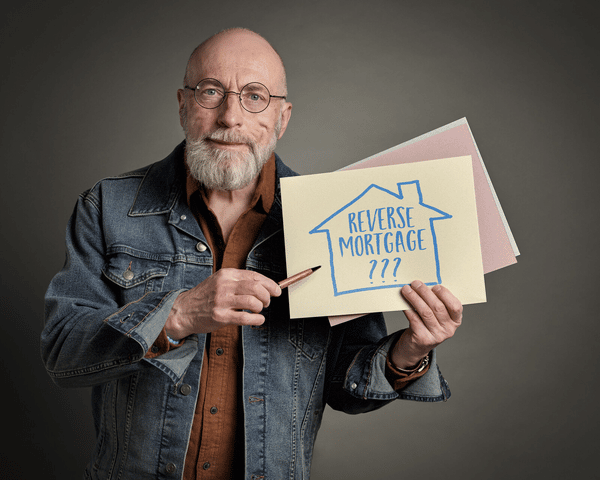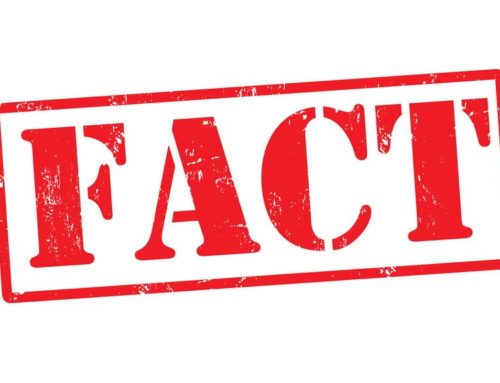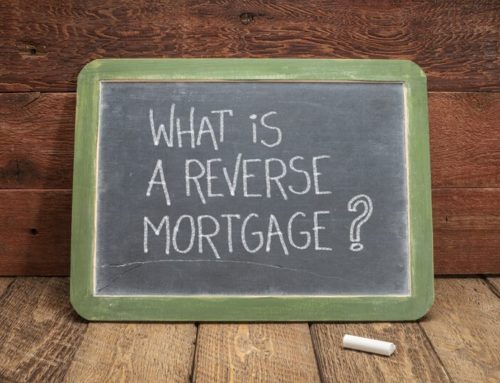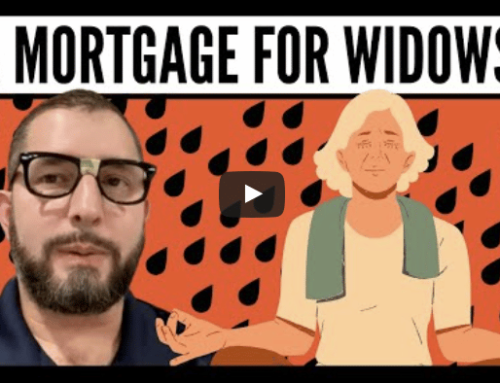A reverse mortgage loan is a mortgage that’s for older people. Usually, it’s been for ages 62 and over but, more recently, there are certain private reverse mortgages that allow for someone that’s 55 and older to qualify as well.
How does it work? Basically, instead of taking money out of your pocket every month and sending that payment to the bank, you’re able to borrow money and not make monthly payments. So the mortgage interest that you’re not paying is added to your loan amount. You’re simply deferring the mortgage interest. You’re not paying it now; you’re paying it later. You pay it whenever you sell the house, or whenever you pass away and leave it to your heirs and they pay it.
Now, your heirs still have a right to the property, so they will inherit the property and will pay off the loan, and all the profits are theirs, so they don’t lose it. Yes, there is a risk of going into foreclosure if you don’t pay your property taxes and homeowners insurance, but isn’t that the same if your house doesn’t have a mortgage on it?
There are a lot of misconceptions out there about the reverse mortgage. In fact, it’s the most misunderstood mortgage that exists. If you have any doubts or questions about this type of loan, feel free to contact me, and I’d be happy to explain more to any individual who needs it.
Written by Phil Stevenson, CRMP Owner & Principal MLO of PS Mortgage Lending, 1 of less than 200 Certified Reverse Mortgage Professionals (CRMP). Phil was interviewed and featured in Forbes 3 times since 2015 and has been offering reverse mortgage loans since writing one for his grandparents in 2008.

















